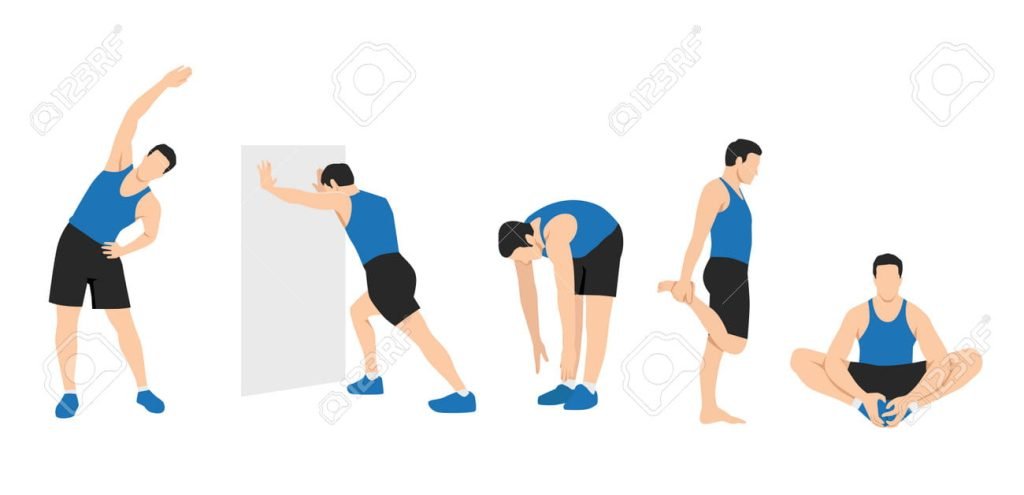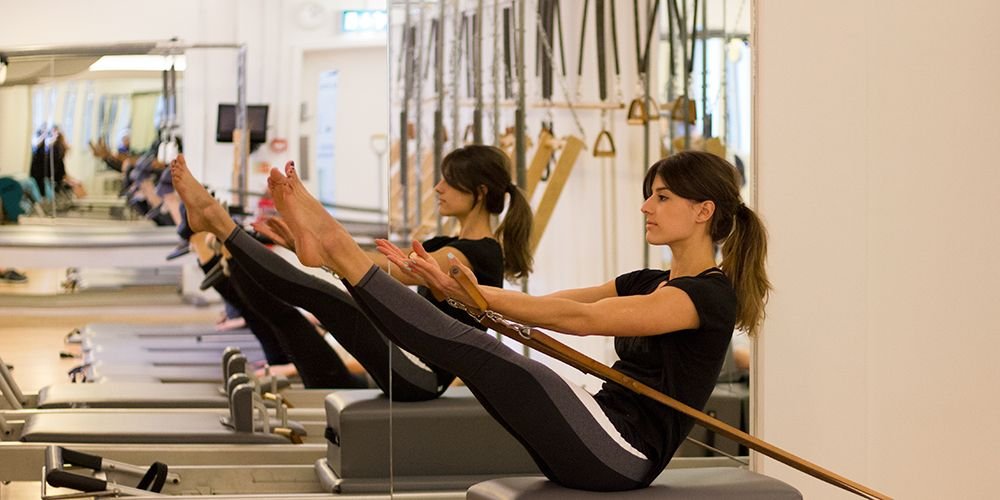Exercise is a natural essence for the body and mind. It promotes the maintenance of cardiovascular problems, asthma, and mental well-being. We will discuss exercise-induced asthma (EIA).
Some people are worried about exercise and physical activities in case of asthma. So, there is some natural process that helps everyone to engage in their favorite physical activities. You can do every physical movement according to your own will without fear.
Firstly we understand exercise-induced asthma. Simple EIA is a shrinkage of the airways in the lungs that occurs before or during exercises. Some common symptoms of exercise-induced asthma are shortness of breath, wheezing tightness of the chest, and coughing.

Some Natural Processes To Treat Exercise-Induced Asthma:
Here we discuss some natural ways to treat exercise-induced asthma. However, we know that natural things maintain the body’s metabolism and remove the extra toxins from the body. That is why we should prefer natural remedies for treatment.
Warm Up Your Body:
Firstly, properly warm up your body. Because a proper warm-up prepares your lungs for intense physical activities.
If you slowly increase your heart rate and try to warm up your muscles you give your respiratory system a chance to potentially adjust and reduce the symptoms of exercise-induced asthma.

Stay Hydrated Before Exercise:
- Try to stay hydrated before and after exercise by drinking plenty of water. Because if you drink water properly it can help to keep your airways moist.
- It also reduces the risk of bronchoconstriction( its narrowing of airways).

Choose Your Sensible Environment:
As we know the environment mainly affects the human body. We should be careful in case of a cold or dry environment. Because both are badly affected on the body.
If you want to work out in the cold, put a scarf over your mouth. Because a scarf moistens the air you breathe in during a cold environment.

Secret Breathing Techniques:
- If you try deep breathing exercises just like practice in yoga.
- It helps to remove the functions of your lungs and capacity. Deep breathing reduces the risk of exercise-induced asthma over time.
Use An Anti-Inflammatory Diet For Excellent Results:
- For better results try to use foods rich in omega-3 fatty acids like walnuts, flaxseeds, etc. It can help with inflammation in the whole body including the lungs.
- However, increase the fruits and vegetables which are rich in antioxidants because antioxidants provide protective benefits.
- Many other ingredients have inflammatory activities like ginger, turmeric, garlic, etc.

Limit Exposure To Environmental Allergens:
Different human bodies have different types of allergies e.g. some people are allergic to pollen, mold, etc.
These allergies increase the chance of exercise-induced asthma. Choose the exercise timing according to your sensible health.
Some Beneficial Physical Activities For Exercise-Induced Asthma:
Physical activities play an important role in maintaining body fitness. Some exercises reduce the risk of exercise-induced asthma. These exercises are as follows:
Yoga: Controlled Deep Breathing
- Yoga is deep controlled breathing.
- It gives flexibility to the body.
- Yoga can help in strengthening the respiratory muscles which improves the capacity of the lungs.
- It also teaches individuals how to control breathing.

Swimming:
- Swimming is very important for the movement of the body. Warm and moist air in pools triggers the symptoms of asthma.
- Swimming makes the upper body surface stronger which enhances the fitness of the cardiovascular system and promotes the functioning of lungs.
- Make sure the level of chlorine is not too high in the pool. Because a strong chemical smell is not suited to asthma patients.

Water Aerobics: Physical Activity In Water
Trying to exercise in water reduces the effect on joints. It is also concerned with a humid environment which is beneficial for the airways in the lungs.
However, the resistance caused by water gives an excellent workout.
Pilates: Control Breathing Function
Pilates is closely related to yoga. It gives strength, and flexibility, and gently controls your breathing.
It decreases the resistance to your airways.

Precautions:
- Always carry your inhaler with you during exercise.
- If you feel any symptoms of asthma during exercise then stop exercising.
- Warm up yourself before any exercise and try to cool down after that.
- Start slowly and moderately increase the intensity of our workouts.
- Counseling your healthcare before the start of every new exercise.
- Remember that the body of everyone is different, that’s why asthma varies from person to person. So choose these exercises which are suited to your body. Don’t select other person exercises.
1-Can people easily exercise with EIA problems?
Yes, if people work with proper precautions and management skills they can easily do physical exercises. Don’t cross exercise limits.
2-Why does cold air create disturbance in the EIA?
The cold air creates a disturbance in the airways of the lungs. However, use a mask or scarf in cold air because a mask or scarf warms the breathing air, which reduces the risk of EIA in individuals.
3-Difference between EIA and asthma?
EIA is a form of asthma that is triggered by exercise. Asthma is a chronic respiratory condition that causes the narrowing of airways and creates problems like wheezing, coughing, etc.
4-Can warm-up exercises reduce the risk of EIA?
Warm-up exercise relaxes your body and gives a feeling of calmness. That’s why it reduces the symptoms of EIA in some individuals.
5-What’s the effect of high altitude on EIA persons?
Yes, higher altitudes have thin dried air. That’s why drier air is dangerous for EIA persons. It can trigger the EIA problems in some individuals.

